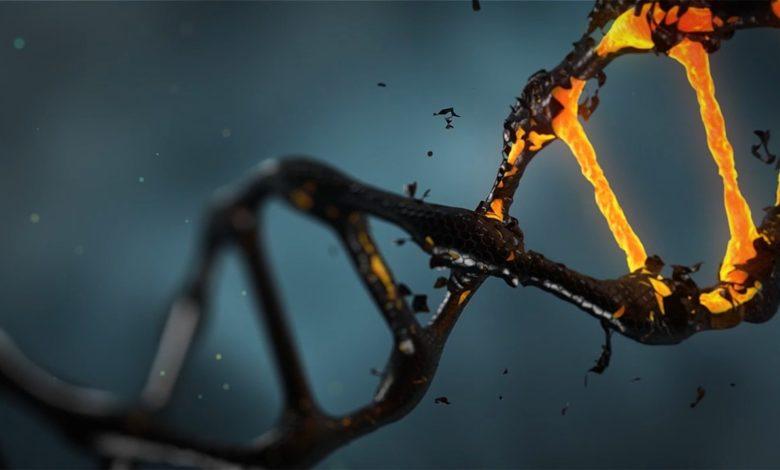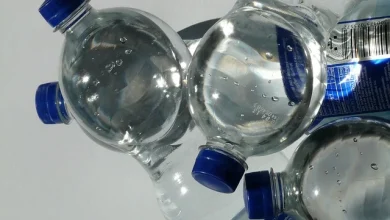Experts discover ‘tools’ to restore DNA

British and Spanish scientists have discovered a way to repair damaged DNA, which leads to aging, cancer, a group of disorders of the central nervous system, and others.
DNA gets damaged when toxic proteins are attached to it. This leads to cell aging, but can also result in cancer or motor neuron diseases, a group of disorders of the central nervous system.
However, experts from the universities of Sheffield, Oxford, and medical research institutes in Tenerife and Gran Canaria discovered that the protein TEX264, along with other enzymes, is able to recognize and “eat” those toxic elements.
So far, it has not been known what the ways are to repair this kind of DNA damage. The discovery of this ‘toolbox’ gives scientists hope to be able to protect us in the future against aging, cancer, and neurological disorders.
Chemotherapy
The findings may also have implications for chemotherapy, a treatment method that deliberately causes DNA breaks in killing cancer cells. Scientists think that TEX264 has the potential to treat cancer.
“Failure to repair DNA damage in our genome can affect a healthy life at an advanced age and make us vulnerable to neurological disorders such as motor neuron diseases,” says Sherif El-Khamisy, professor of Biotechnology and Neuroscience at the University of Sheffield.
“We hope that a better understanding of how our cells repair DNA breaks will enable us to meet these challenges and find new ways to treat cancer in the future.”
“The discovery of TEX264, a protein that has the capacity to digest toxic proteins from our DNA, changes our current knowledge about how cells repair the genome and protect us against accelerated aging, cancer, and neurodegeneration. I believe that this discovery has great potential for cancer therapy. We are already working on our further research in that direction,” says co-researcher Kristijan Ramadan from Oxford University. The results of the research are published in Nature Communications.




